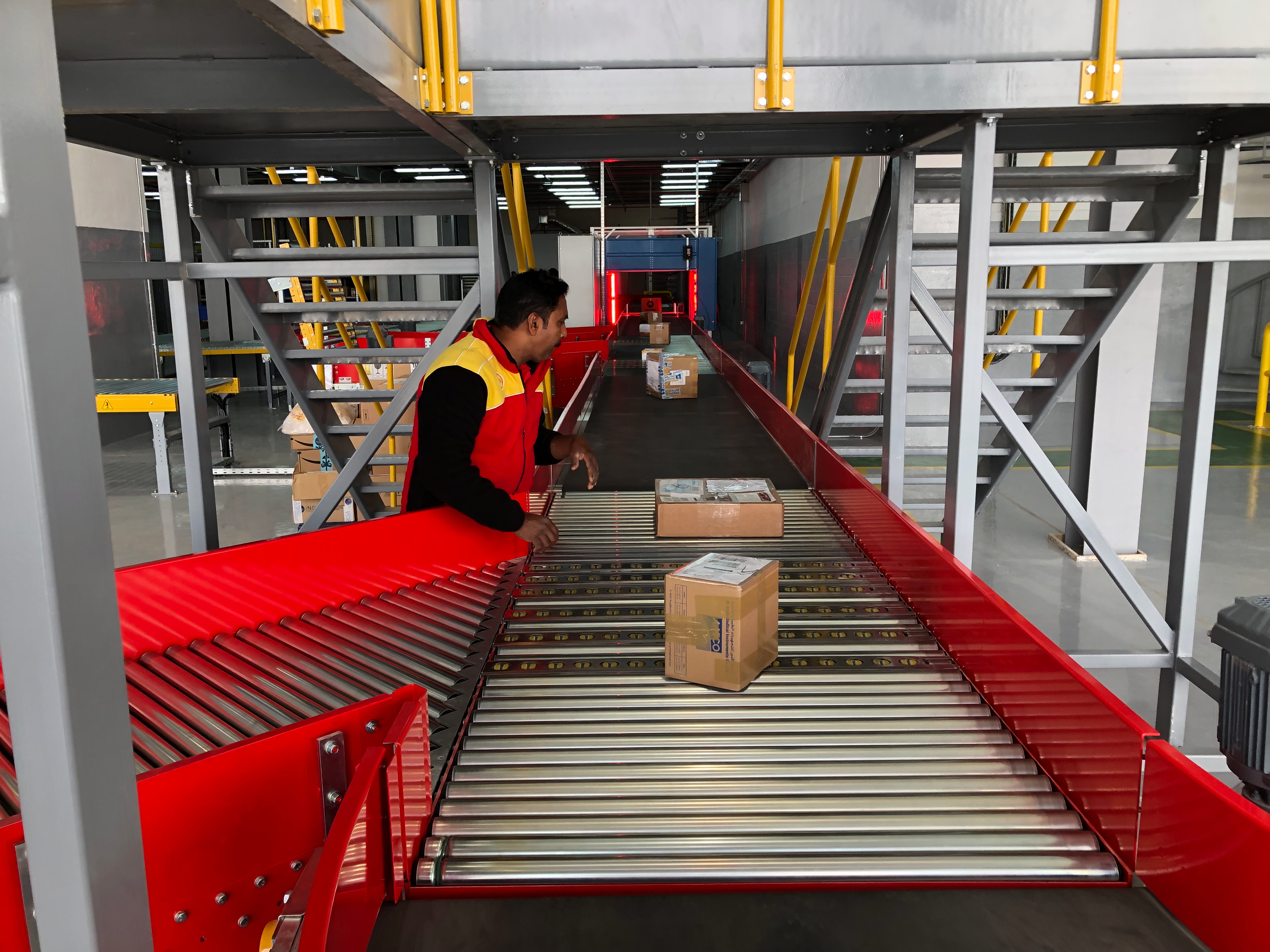Design of Material Flow: Revolutionizing Warehousing Through Automation

In the modern age of rapid technological advancement, the design of material flow in warehouses has emerged as a pivotal factor in optimizing operations, enhancing efficiency, and maximizing productivity. The integration of automation into material flow design has revolutionized traditional warehousing practices, ushering in a new era of streamlined processes and cost-effective management. This article explores the significance of material flow design within warehouses and the transformative role that automation plays in shaping their success.
Material flow design encompasses the strategic planning and arrangement of physical spaces, equipment, and processes within a warehouse. This holistic approach is aimed at minimizing waste, reducing bottlenecks, and ensuring a seamless movement of goods from the point of entry to the point of distribution. Effective material flow design enhances not only the speed of operations but also the accuracy of order fulfillment, ultimately leading to improved customer satisfaction.
Key Elements of Material Flow Design can be described as following:
Layout and Space Utilization: The layout of a warehouse plays a critical role in determining the efficiency of material flow. An optimized layout considers factors such as the proximity of storage areas to shipping docks, the arrangement of shelves, and the allocation of space for various processes.
Routing and Path Optimization: The design should facilitate the most efficient routes for material movement. This involves analyzing paths, minimizing travel distances, and eliminating congestion points to ensure a smooth flow of goods.
Inventory Management: Material flow design is closely tied to inventory management. Properly designed systems ensure accurate tracking of inventory levels, preventing overstocking or stockout and promoting just-in-time inventory practices.
Process Sequencing: The sequence in which tasks are executed within the warehouse impacts overall efficiency. A well-designed material flow incorporates logical sequences that minimize unnecessary movements and waiting times.
Automation has emerged as a transformative force in material flow design, redefining the way warehouses operate and manage their processes.
Automated Storage and Retrieval Systems (AS/RS): These systems use robotics and conveyor systems to autonomously store and retrieve items from storage locations. They eliminate the need for manual intervention and reduce the time required for material handling.
Conveyor Systems: Automated conveyor systems facilitate the smooth movement of goods within the warehouse. They can be customized to fit the specific layout and requirements of the facility.
Pick and Place Automation: Automation technologies can perform tasks such as picking, sorting, and placing items, reducing human error and speeding up order fulfillment.
Data-Driven Decision Making: Automation enables real-time data collection and analysis, empowering warehouse managers to make informed decisions for optimizing material flow.
The integration of automation into material flow design brings a multitude of benefits to warehouses:
Enhanced Efficiency: Automation reduces manual handling and accelerates processes, leading to quicker order fulfillment and reduced lead times.
Improved Accuracy: Automated systems minimize human error, leading to accurate order picking, inventory management, and product placement.
Cost Savings: Automation lowers labor costs and resource wastage by optimizing routes and minimizing downtime.
Scalability: Automated systems are easily scalable to accommodate changing demands and volumes.
In an era where speed, accuracy, and efficiency are paramount in warehousing, the design of material flow is a strategic cornerstone. The integration of automation into this design elevates warehouses to new levels of operational excellence, enabling them to meet customer demands swiftly, accurately, and cost-effectively. As technology continues to evolve, embracing automated material flow design is no longer an option but a necessity for businesses aspiring to stay competitive and achieve sustainable success in the dynamic world of warehousing.

